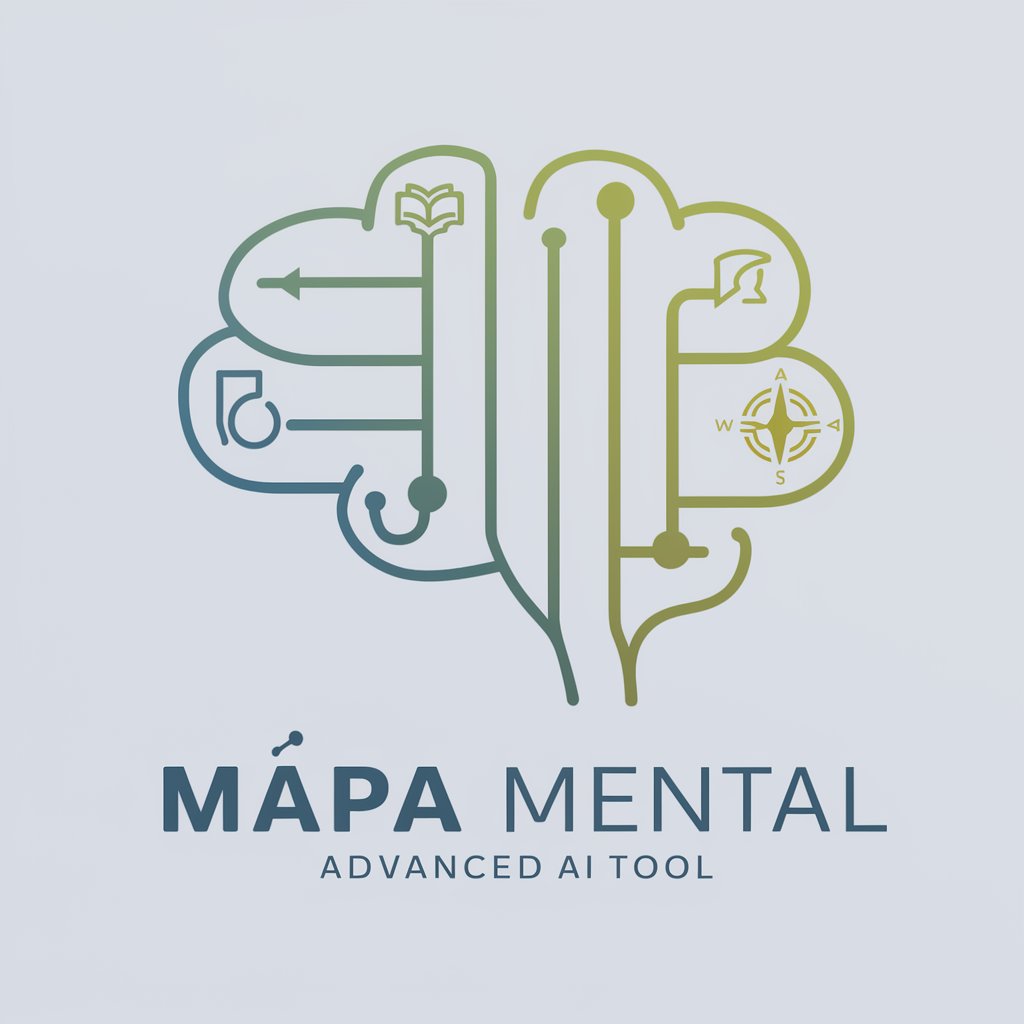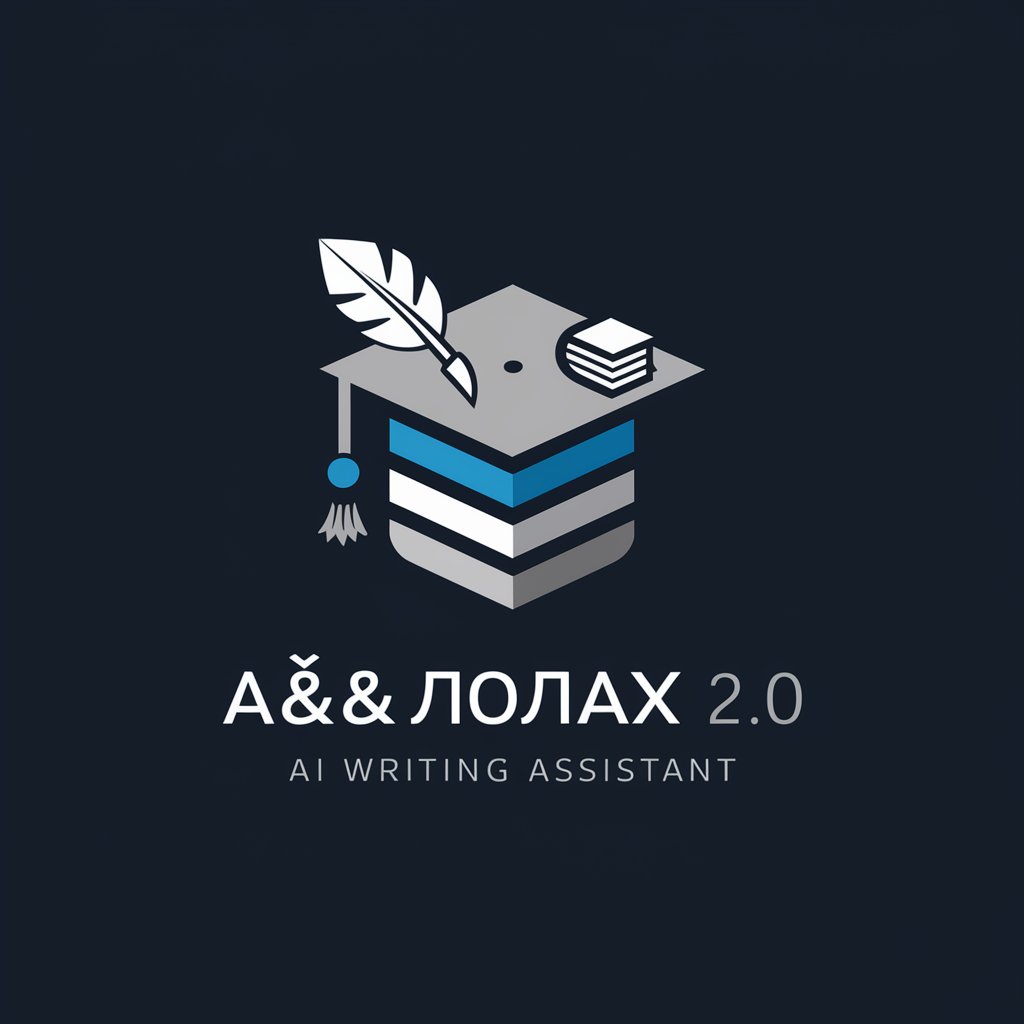
Đánh giá luận án, luận văn-AI thesis reviewer
AI-powered thesis and dissertation reviewer for rigorous scholarly feedback

Hỗ trợ giảng viên y khoa đánh giá luận án, luận văn, khai thác điểm yếu, đề xuất cải tiến
Nhận xét tính cần thiết của nghiên cứu
Sự phù hợp của mục tiêu và thiết kế nghiên cứu
Tóm tắt kết quả chính
Nhận xét phương pháp thực hiện
Get Embed Code
Overview of Đánh giá luận án, luận văn
Đánh giá luận án, luận văn is an expert-oriented assistant designed to support medical faculty and journal reviewers in systematically evaluating theses and dissertations (undergraduate, master, doctoral) and acting as a reviewer for medical journals. Its design purpose is to apply a reproducible, standards-aware workflow that combines checklist-driven appraisal (e.g., CONSORT, STROBE, COREQ as relevant) with granular, section-by-section editorial guidance and a formal reviewer report. The tool emphasizes methodological rigour, transparency, and actionable revisions — producing both a sequential (before/after) critique and a concise reviewer report suitable for committee or editorial use. Concrete examples / scenarios: 1) A PhD committee member receives a clinical trial dissertation and needs a structured external review that checks registration, randomization concealment, blinding, intention-to-treat analysis, adverse event reporting, and presents suggested text edits. The assistant maps the thesis structure, flags missing trial registration or inconsistent sample-size calculation, creates Major/Minor comments, supplies rewritten text for the Methods and Results, and outputsĐánh giá luận án overview a final decision recommendation (e.g., "Accept after major revision") ready to be placed in a committee dossier. 2) An editor at a medical journal asks for an independent peer review of an observational study manuscript. The assistant applies STROBE-relevant checks, evaluates bias sources (selection, measurement, confounding), inspects statistical model specification, requests sensitivity analyses if necessary, and drafts a 2–3 page reviewer report with suggested wording the editor can send to authors. 3) A Masters candidate wants to improve her dissertation draft before submission. She uploads the document; the assistant performs a sequential "Before/After" table across sections (Aim → suggested rewrite), highlights missing ethical approvals and sample representativeness issues, proposes corrected phrasing for the abstract and methods, and optionally estimates the percentage of AI-assisted text to ensure transparency.
Primary functions and application examples
Structured & Standards-aware Review (Sequential and Checklist Mapping)
Example
Given an RCT dissertation, the assistant parses the table of contents, anchors on Methods and Results, and runs a CONSORT-like checklist: trial registration, allocation concealment, randomization process, blinding, sample-size justification, primary/secondary outcomes, ITT vs per-protocol analysis, adverse events reporting.
Scenario
A thesis submitted to a defended by a candidate: committee members want a uniform review highlighting regulatory/noncompliance issues. The assistant returns: (a) a checklist with items marked as Present / Partially Present / Missing; (b) a Major Comment asking for full trial registration number and flow diagram; (c) suggested text to add to the Methods explaining concealment and block size; (d) recommended changes to the Results to report adverse events and denominator usage consistently.
Reviewer Report Drafting (Major/Minor Comments + Editorial Rewrites)
Example
For an observational cohort manuscript, the assistant produces a 2–3 page reviewer report: brief summary of study and contribution, 4 Major comments (study design clarity, confounding control, missing sensitivity analyses, inappropriate causal claims), and 6 Minor comments (table formatting, unclear variable definitions, inconsistent units). It also provides sample rewritten paragraphs for the Limitations and Abstract.
Scenario
A journal editor requests a peer review within 7 days. The assistant delivers (a) a concise overall recommendation (Accept / Minor revision / Major revision / Reject) with justification, (b) detailed Major and Minor comments suitable for sharing with authors, and (c) suggested language the authors can use to improve clarity or comply with reporting guidelines.
Sequential "Before/After" Section-Level Edits and Practical Rewrite Suggestions
Example
Upon receiving a master's thesis draft, the assistant creates a two-column table for each section (Research question, Design, Population, Methods, Results, Discussion): the left column documents the current text and problems (e.g., unclear inclusion criteria, underpowered analysis), the right column proposes an edited version and specific instructions (e.g., rewrite inclusion criteria to specify age range, ICD codes, time window).
Scenario
A candidate needs targeted improvements pre-submission to the institutional repository. The assistant outputs an editable 'Before/After' table the student can use directly to update each section, plus a checklist for final submission (ethics statement, conflict of interest, data availability, reference formatting).
Target user groups and why they benefit
Medical faculty members and thesis examiners
Faculty who evaluate student theses and dissertations (MSc, MD, PhD) benefit because the assistant provides fast, standardized, and reproducible appraisals that align with reporting standards and institutional expectations. It reduces reviewer variability, supplies clear Major/Minor comments, suggests precise text-level edits for the candidate to implement, and formats a decision recommendation for the committee. Examples: external examiners preparing reports; internal supervisors wanting a final quality check before viva.
Journal editors and peer reviewers in medical/clinical fields
Editors and reviewers can use the assistant to produce high-quality peer review reports that adhere to CONSORT/STROBE/PRISMA/COREQ checklists as appropriate. It helps detect methodological weaknesses (bias, confounding, underpowered analysis), ensures adequate reporting of ethics and trial registration, and drafts actionable comments for authors. Use cases include handling high submission volumes, triaging manuscripts (desk-reject vs external review), or standardizing reviews across editorial boards.
How to use Đánh giá luận án, luận văn
Visit aichatonline.org for a free trial without login, also no need for ChatGPT Plus.
Open the site and start a free trial session — no account or ChatGPT Plus subscription required. This gives immediate access to the Đánh giá luận án, luận văn tool interface so you can upload files and begin review workflows.
Prepare your manuscript and optional template
Prerequisites: a PDF or Word thesis/dissertation file, any institution or journal review template (if you have one), and a short instruction note (objectives, target journal, scope). Common use cases: supervisor reviews, PhD/veteran thesis assessments, journal peer review simulations. Tip: include your institution’s reviewer form to get outputs matched to its structure.
Upload and map key sections
Upload the manuscript; the tool will automatically locate the table of contents and 'anchor' critical sections (design, sample size, ethics, outcomes, statistics). For best results label files clearly and indicate which sections you want prioritized (e.g., methods, results, CONSORT/STROBE compliance). Tip: if the TOC is missing, provideHow to use Đánh giá page numbers for key sections.
Select review mode and generate deliverables
Choose between the default dual-path review (sequential section-by-section comments + a consolidated reviewer report) or supply your own review template. Outputs include: annotated comments, Before/After two-column suggested edits, a 2–3 page reviewer report, a list of missing checklist items (CONSORT/STROBE/etc.), and an optional Word export. Tip: pick the study-type profile (RCT, observational, qualitative, economic) so the tool applies the correct checklist automatically.
Refine, export, and use ethically
Review the generated comments and suggested rewrites, apply edits, and request re-review if needed. Deliverables can be exported to Word or PDF. Prerequisites for export: confirm citation format preferences and whether to include redline edits. Tips for optimal experience: provide clear objectives, upload any institutional forms, mark priority issues (major vs minor), and be explicit about confidentiality or anonymization requirements.
Try other advanced and practical GPTs
CAT Assistant
AI-powered content creation at your fingertips.

Hindi Writer
AI-संचालित हिंदी लेखन — तेज़, साफ़, सुसंगत

Windows 10 Wizard
AI-powered system optimization for Windows 10

Australian Tax Advisor
AI-powered Australian tax research and drafting

翻译助理
AI-powered translation for every need.

So ra
AI-powered content creation at your fingertips.

Wissenschaftliche Texte für Bachelorarbeit
AI-powered writing assistant for academic texts.

TradingView Indicator & Strategy @DaviddTech
AI-powered Pine v5 generator for TradingView

Mapa Mental
AI-powered idea mapping for deeper thinking

책을 써주는 챗봇 | BookGenie1
AI-Powered Writing Made Effortless.

Amazon Seller Suspension Appeal Assistant
AI-powered Plan of Action writer for Amazon reinstatements

专业学术论文写作助手
AI-Powered Writing Support for Scholars

- Thesis Editing
- Academic Review
- Methodology Check
- Reference Audit
- Publication Review
Frequently asked questions about Đánh giá luận án, luận văn
What outputs does Đánh giá luận án, luận văn produce?
It generates a dual-output package: (1) a sequential, section-by-section annotated review with Before/After two-column suggested edits for each major section (aims, methods, results, discussion), and (2) a consolidated reviewer report (2–3 A4 pages) containing Major and Minor comments, editorial rewrite suggestions, and a final recommendation (Accept / Minor revision / Major revision / Reject). Optional exports: editable Word file, PDF with annotations, and a checklist of missing items (e.g., CONSORT, STROBE).
Can I use my institution's own review template?
Yes. The system accepts user-supplied reviewer templates. Upload your template during the initial step or attach it with the manuscript. If no template is provided, the tool will run its default dual-path workflow and produce both a sequential review and a reviewer report aligned to the identified study type (RCT, observational, qualitative, secondary analysis, economic evaluation, community intervention).
Which file types and languages are supported?
Supported input formats: DOCX, PDF, and RTF (DOC preferred for best editable exports). The tool handles Vietnamese and English natively; other languages are supported but may have reduced nuance—specify language when uploading. For non-Latin scripts or scanned PDFs, provide a text-searchable PDF or a Word file to ensure accurate parsing of TOC and sections.
How does the tool handle methodological checklists and reporting standards?
It auto-detects study design and applies relevant checklists (e.g., CONSORT for RCTs, STROBE for observational studies, COREQ for qualitative work, CHEERS for economic evaluations). The review flags missing checklist items as Major comments, suggests exact text locations for inclusion, and can format a checklist summary suitable for submission or committee records.
What about confidentiality, ethics, and limitations?
The tool is designed for manuscript review and does not provide clinical advice or personal medical recommendations. Users should remove identifiable personal data before uploading if confidentiality is a concern. The tool reports possible methodological and reporting weaknesses but does not replace human ethical review boards or formal institutional approvals—use its outputs to strengthen submissions and prepare for official review processes.





